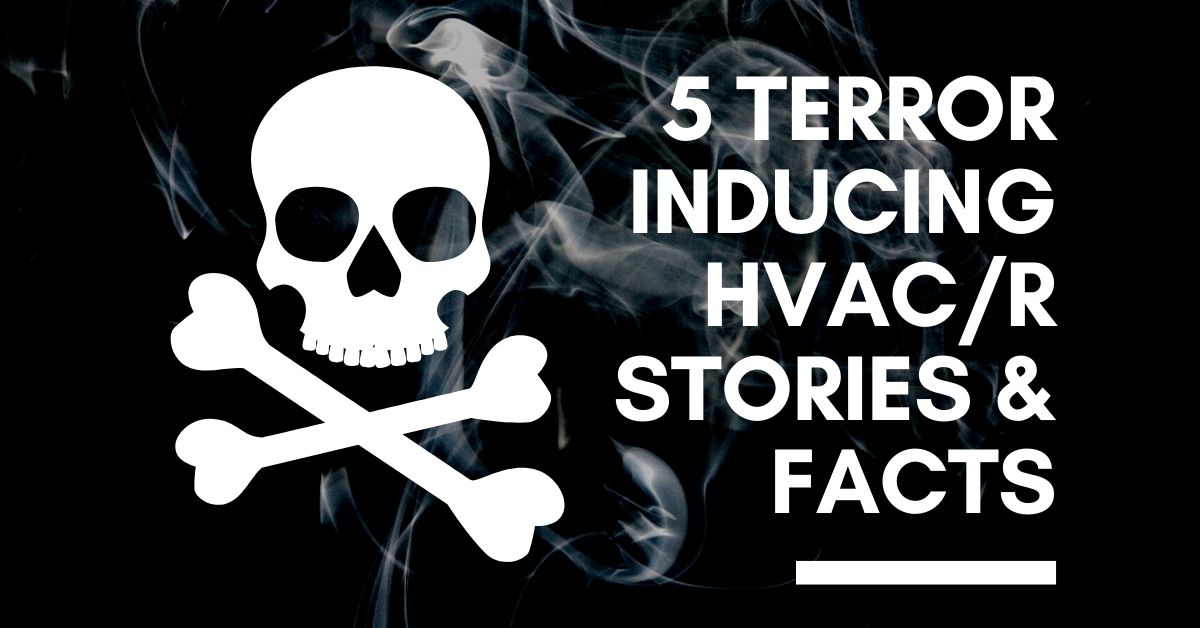Get Tech Tips
Subscribe to free tech tips.
Relative Humidity of Air Below Freezing

I was listening to someone talk about air relative humidity the other day while looking at a psychrometric chart, and he commented that the chart ends down at freezing (32°F) because “all the water freezes out of the air at that point.”
I think I made this Jed Clampett face:

The psychrometric chart is designed to deal with typical air conditions (especially indoors), and it is true that the grains of moisture per pound of dry air do drop significantly as the air gets cooler.
Take a look at the difference between these two air conditions where I hold the relative humidity to 45% and just change the temperature.
First at 40°F:

And then at 25°F:

So, while the moisture content in relation to saturated air is 45% in both cases, the total moisture content in grains (1/7000 lb of water) goes down.
This is why colder air is dryer in an absolute sense; it often contains significantly less water vapor than warmer air.
Relative humidity is only in relation to the maximum saturation of the air.
Moral of the story: air can (and does) still contain water vapor even below freezing, and the fact that it may be “off the chart” doesn't mean there is no moisture in the air.
—Bryan










Comments
Low temperature psychrometric chart http://airsystems-llc.com/wp-content/uploads/2014/09/Dehumidifier-Applications-Psychrometric-Chart-Low-Temp.pdf
Low temperature psychrometric chart http://airsystems-llc.com/wp-content/uploads/2014/09/Dehumidifier-Applications-Psychrometric-Chart-Low-Temp.pdf
It’s very straightforward to find out any matter on net as compared to books, as I found this piece of writing at this web page.
It’s very straightforward to find out any matter on net as compared to books, as I found this piece of writing at this web page.
To leave a comment, you need to log in.
Log In